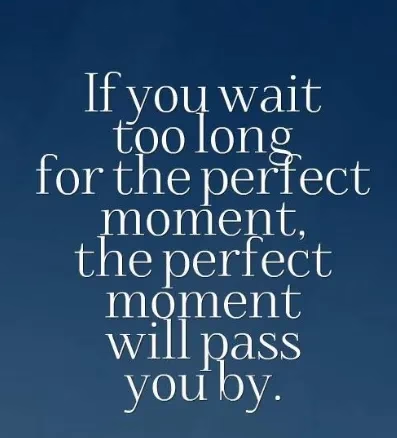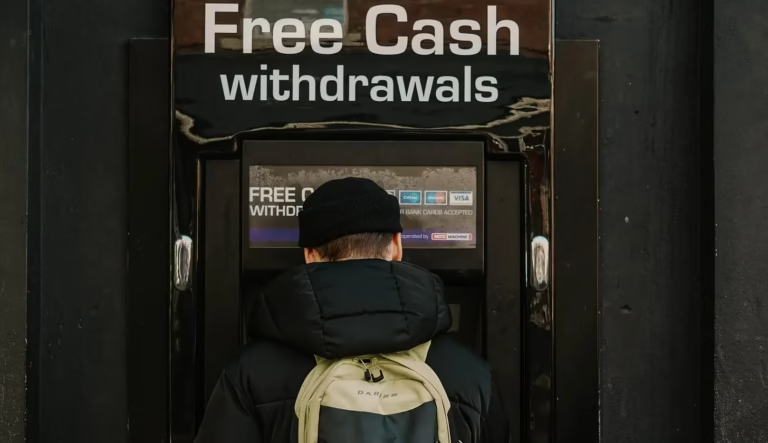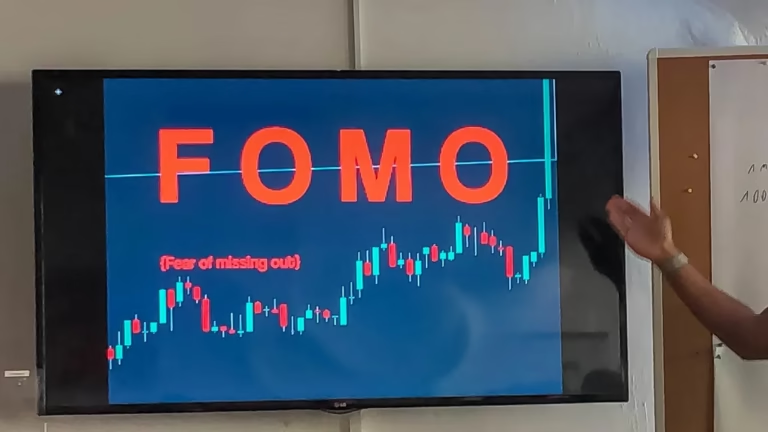A look at how connectivity has evolved drastically in the last 25 years
When I look back and reflect on the technological advancements I have experienced, I can see a significant increase in connectivity.
I still remember when I first came to America from Germany and it was really important to remain connected to the family back home. Not only did they want to know that we were healthy, happy and advancing in our work. They were also interested to hear about the reality of America versus what they had heard about it on TV.

There were so many differences. One anecdote comes to mind regarding cars and payments. We needed a vehicle and wanted to buy a used one. We found a suitable vehicle at a dealership in when we agreed on the price, which was relatively low, we wanted to use our “Gold Mastercard” to pay. The limit at the time was approximately $15,000.00 and the cost of a car was a fraction of that.
The dealer ran the card, came back, and said they rejected it. After a brief discussion, we learned that a MasterCard — at that time — would only work in the country it was issued. We had to arrange a wire transfer from our bank to the dealer’s bank as the only way to pay.
What does that have to do with connectivity? Several things:
- The card was national — not international and not connected to any international payment systems. Naturally, nobody ever told us about it because the expectation was that we would use it in Europe. It would have worked in the European Union as all bank systems there are harmonized, but in no other place in the world. It wasn’t connected.
- The way to talk to the bank would be by phone but with 9 hours time difference, we would need to stay up late at night. At that time there was no such thing as satellite calls, VOIP, WhatsApp, etc. Actually, we used to have to get a special call-in pre-fix numbers that had agreements with international phone companies. You bought the number and paid upfront, then dialed it — typically 10–15 digits, and then the actual number you wanted to reach. The price was about 50 cents per minute. Without the call-in number, it could vary between $1–2/minute. You can imagine that these calls were always very short. The dial-in number did not work for businesses so we had to pay the regular rate to have our bank release money to the car dealer. Banking systems and phone systems were not connected and posts were astronomical.
- How we actually get our information has a lot to do with what systems we are willing to explore and what systems we use. Traditionally we used to all have a certain number of TV channels, maybe a newspaper or magazine we regularly read, and maybe a few premium channels like HBO. The connection was via cable. These days we find that we are more and more cord-cutting. In my family, we have nothing other than YouTube and Prime video anymore. Why? Because the media outlets, even though they have been increasing in numbers and claiming to have more and more content also lead to extreme polarization.
- The content of information and its reach. Strangely, we all now have internet connections and soon, with the emergence of Starlink, even the remote areas across the country will have high-speed internet connections. Still what is amazing to me is the fact that we are channeled into a more and more limited set of information. The aim clearly appears to be to get each of us to make a choice. Are you red or blue, are you pro XX or Against YY? Are you in this class or that class? Are you for or against this person or that party? While that is happening we are giving away the power of choice. That’s why we don’t really know what’s going on in other parts of the world or have any idea what the rest of the world loves and hates about us and what we do and stand for. In this case, we have the connections and access but we allow others to dictate what to read, view, and pay attention to.
- Platform connectivity. I don’t know about you but in every 3rd commercial on YouTube I am asked to try another platform that supposedly revolutionizes working in teams and working remotely. I suspect I am shown all these ads because I am working remotely and help clients with investing and management of programs. When it comes to our residential real estate investing strategies there are more and more ever more specialized platforms to find and review data. You can check out what rents in a location should be, what crime rates are, what economic activity is expected, what recent price development was. You can even hire people living in the area to visit a property on your behalf and meet with a real estate agent when it is too far away for you to go yourself. Great connected tools.
I am writing this article because I like to point out how far we have come with connectivity. At the same time, I also want to sound a warning to be critical about the connections we have available to us.
There is a tendency to no longer question the motivation of the provider. In many news-related outlets and social media platforms that we now have on our phones, on our tablets, laptops, and all kinds of walks of life, including your car, we don’t ask what’s the purpose and motivation of the organization that offers me this connection.

I want to encourage you, as a reader, to retain a certain level of skepticism and keep asking what those that give you access expect in return. Be curious to find out, using all this connectivity, what’s going on in the world, and if the information you are being fed is correct.
Be clear about your principles, your beliefs, the places you trust to get real facts and then take that framework and hold it against anything you are bombarded with from all the platforms and connectivity we are all constantly exposed to.
My hope is that you find a balance between the benefits of technology, the convenience of use and accessibility on the one side, and the risks you expose yourself to when you consume without critical thinking and questioning.
The better you understand the motivation of the people behind the connections and the offer you have in front of you, the better you can decide to take action or stay away.
For our strategy of out of state residential investing, the flood of information provided by all the systems and platforms you can be connected to can be overwhelming. If you are not sure how to best apply what you see and read and hear, don’t hesitate to get in touch.
For an introduction on how to connect with the right investment resources, Download your free mindset manual




